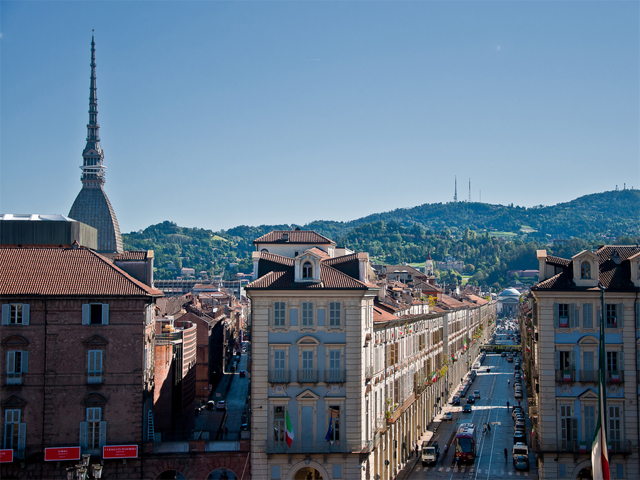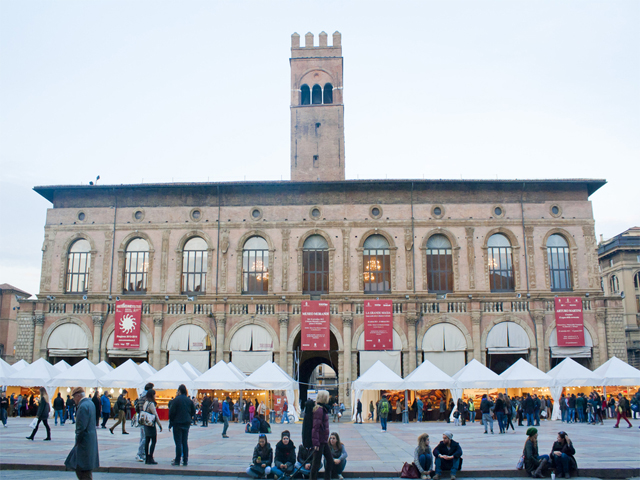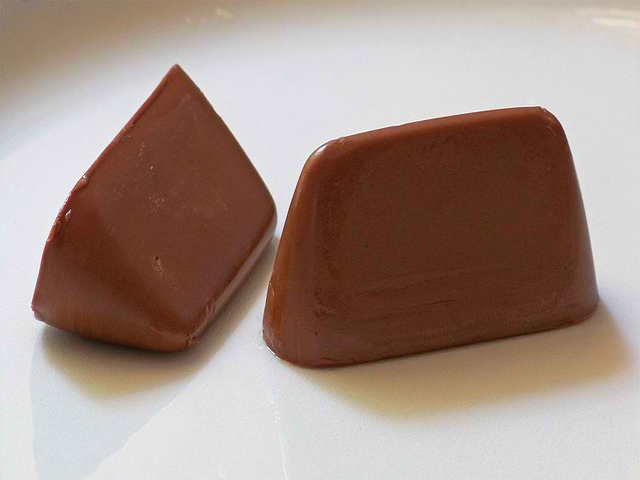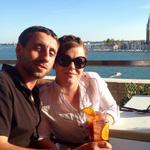
Mention the word chocolate to anyone, and what easily comes to mind are places like Switzerland and Belgium. The Piedmont region of Italy, however, is likewise a venerable chocolate center of Europe, and nowhere is this more evident than in its capital, Turin, dubbed as the chocolate capital of Italy. For the last 10 years, this city in northern Italy has been hosting the CioccolaTó festival, an annual gala dedicated to all things chocolate which attracts Italy’s most renowned confectionery companies and chocolate artisans.
The truth is, there is hardly any better way to spend a vacation in Italy than by enjoying samples of Turin’s delectable sweets while also immersing oneself in its rich heritage in the arts and architecture. But the journey of the chocolate from the Americas to Europe is equally as fascinating. Indeed, it is a bittersweet story. For one thing, the arrival of chocolate to the other side of the Atlantic pretty much coincided with the collapse of some ancient American civilizations. For another, it’s also quite literally a “bittersweet” story because we can trace the transformation of chocolate from the bitter beverage it was in the New World to the sweet treats we know today.

Across the Atlantic and across Europe
For anyone with even a modicum of interest in chocolate trivia, the Mesoamerican origins of this popular food preparation from the seeds of the cacao tree is a well-known piece of information. It was widely cultivated by the Maya, who regularly mixed cacao seed paste with corn flour, chili peppers, and water to make a rather harsh beverage. Chocolate, however, was more of a luxury for the Aztecs, who couldn’t grow cacao in their high-altitude homeland. But like the Maya, they also regarded cacao as “food for the gods,” an idea preserved in the plant’s scientific name today, Theobroma cacao. Theobroma means “god food” in Greek.
Although the history of chocolate actually goes way back to some 3,900 years ago, when another ancient Mexican people, the Mokaya, consumed a similar beverage made from cacao, we can credit the Aztecs for christening the drink xocolātl at around the 14th century.
The Spanish conquistador Hernán Cortés was one of the first Europeans to encounter the Aztecs’ chocolate drink when he was welcomed in the court of Emperor Moctezuma II in 1519. By the mid-1500s, the Spanish have brought cacao beans back to Spain, and it was there where Emanuele Filiberto, Duke of Savoy, tasted it.
This encounter was a turning point in the history of chocolate in Turin, which happened to be part of the Duchy of Savoy at that time. The House of Savoy’s cordial relationship with the Spanish court allowed Turin to import generous amounts of cacao, which in turn enabled it to become Europe’s chocolate capital.
From bicerin to gianduiotti and everything in between
By the 1600s, drinking sweetened chocolate became fashionable in Europe, but it was still largely a luxury enjoyed by the bourgeois and the royalty because industrial production of the product was not yet possible.
In 1678, the House of Savoy granted chocolate maker Giò Antonio Battista Ari the first ever license to make chocolate drink in Turin. Over the years, however, public cafés popularized another concoction. They started selling chocolate mixed with coffee, milk, and sugar — a beverage which eventually became known as bicerin. The invention of the drink is traditionally credited to the Caffé al Bicerin, which was established in 1763 and is still in operation today. The beverage was so unique that even Alexandre Dumas, author of The Three Musketeers, said it was an unforgettable experience drinking it.
Turin also began producing the world’s first solid chocolates in the mid 1700s, and it didn’t take long before it became a major exporter to countries like France, Switzerland, Germany, and Austria.
Now, bicerin and solid chocolate were both good, of course, but the gianduja is the real jewel on the crown of Turin and Piedmont. Made from a mixture of hazelnuts and cocoa, the original gianduja was named after the comedia dell’arte mask native to the city of Turin and Piedmont region. The gianduja is similar to Nutella, a popular present-day product, which was also born in Piedmont and introduced to the world in 1964.
The invention of Turin’s iconic chocolate spread is a story of achieving prosperity in adversity. In 1802, Turin, like the rest of Piedmont, was annexed into the Napoleonic Empire. When Napoleon imposed a naval blockade in 1806, supplies of cocoa from the Americas dwindled. Chocolate makers in Turin had to find a way to cope with the shortage, and it came in the form of the sweet, high-quality hazelnuts from Piedmont’s Langhe hills. They mixed ground hazelnut and ground cocoa together, and it was then that gianduja was born.
But the transformation of chocolate in Italy didn’t stop with the invention of the gianduja. In 1865, chocolate maker Paul Caffarel introduced the first mass-produced gianduja-based chocolate bonbons wrapped in paper that are now known as gianduiotti.

Today, the gianduja and gianduiotti are the most enduring symbols of Turin and Piedmont’s chocolate heritage. But as in other forms of art, the key to successful chocolate-making lies not only in the preservation of treasured traditions, but also in experimentation. There are literally scores of chocolate makers in the city and in the region, each one of which produces chocolates in a multitude of forms — from traditional hot chocolate beverages to those endless selections of chocolate truffles.
If you’re still not convinced that Piedmont is the ultimate chocolate destination in Italy, then take in these hard numbers: the region produces 85,000 tons of chocolate every year or about 40 percent of Italy’s total chocolate production output. That’s enough chocolate to last you a trip to the stars and back! But why do that when you can instead experience chocolate heaven on Earth, right? Yes, traveler, Turin and Piedmont beckons!













One Comment
Great article! And great city, a paradise for choco addicts, I can tell you!